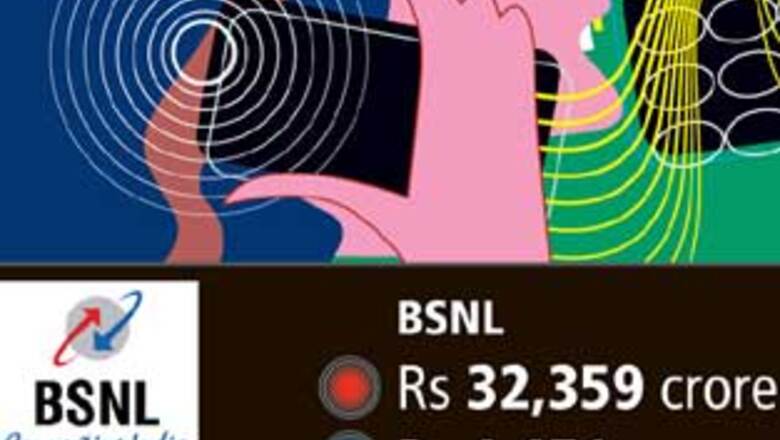
views
Family silver or a piggy bank? The Indian Government needs to be clear about this as it goes into another round of disinvestment. Ever since 1991, the Government of the day has tried to sell ownership in public sector undertakings (PSUs). After 18 years, there is still no clarity on why the government wants to do this.
The motive for diluting the Government stake in PSUs has oscillated between improving PSUs’ performance to getting some cash back in the Government treasury.
Yashwant Sinha, the finance minister in 1991, said the disinvestment was for raising resources for PSUs. In 1996-97, P Chidambaram said the disinvestment was for improving budgetary receipts. In 1999-2000, Yashwant Sinha, this time in the Bharatiya Janata Party (BJP), said it was for improving the productivity of PSUs and in 2004, Jaswant Singh said the move was to unlock the production potential of these state-owned behemoths.
After 2004, because of the Left, disinvestment went the way of the free markets. Today, the ostensible reason for disinvestment is to bridge the fiscal deficit. But given that the disinvestment process till date has not even bridged 1 per cent of fiscal deficit, should that be the aim at all?
The UPA Government can go for outright privatisation. But that is unlikely. In the last 16 years only 16 outfits have been privatised. The public opposition to such a move would be immense and the Government doesn’t have the mandate to take such a decision. There are ways around this though.

THE HOLD-ALL STRATEGY
Guiding principle: Don't divest; just bring in more competition.
How to do it: Deregulate the industry in which the PSU is operating. This will force it to invest more and improve services to remain competitive.
PAGE_BREAK
Pros: Allows the government to retain control and lets the market pressure improve performance.
Cons: Government doesn’t make any money. Private players can lobby and prevent the PSU from taking decisions that benefit it. For example, BSNL’s (Bharat Sanchar Nigam Ltd) network expansion tenders were routinely stymied in the early days of telecom deregulation.

THE PIECEMEAL STRATEGY
Guiding principle: Dilute minority stakes, expose PSUs to market discipline. And don’t talk about using the proceeds to plug the fiscal gap.
How to do it: Sell small stakes in high value PSUs like BSNL and Bharat Heavy Electricals Ltd (BHEL).
Pros: PSUs become market-focussed. Government-managed PSUs act as a counter-balancing force to the private sector.
Cons: Because of Government pay scales, policy talent needed to run these companies, save in the top 20 PSUs, will always be a problem. A lack of entrepreneurial drive will be a serious issue.
PAGE_BREAK

THE SMART SALE STRATEGY
Guiding principle: Government consolidates its shareholding in all PSUs into a mutual fund-like entity.
How to do it: Accumulate all the holding into a government entity, NatInvest. Appoint a board with top industry professionals. NatInvest buys and sells stakes in its portfolio.
Pros: Natinvest brings regular income to the government. Being a permanent institution, there will be less political opposition to stake sales in companies. PSUs benefit because a top quality board oversees their performance.
Cons: Expect a hue and cry in Parliament if the NatInvest sees its portfolio value diminish. Expect huge lobbying to be on the board.

Illustration credit: Malay Karmakar.
Find this article in Forbes India Magazine of 17 July, 2009



















Comments
0 comment